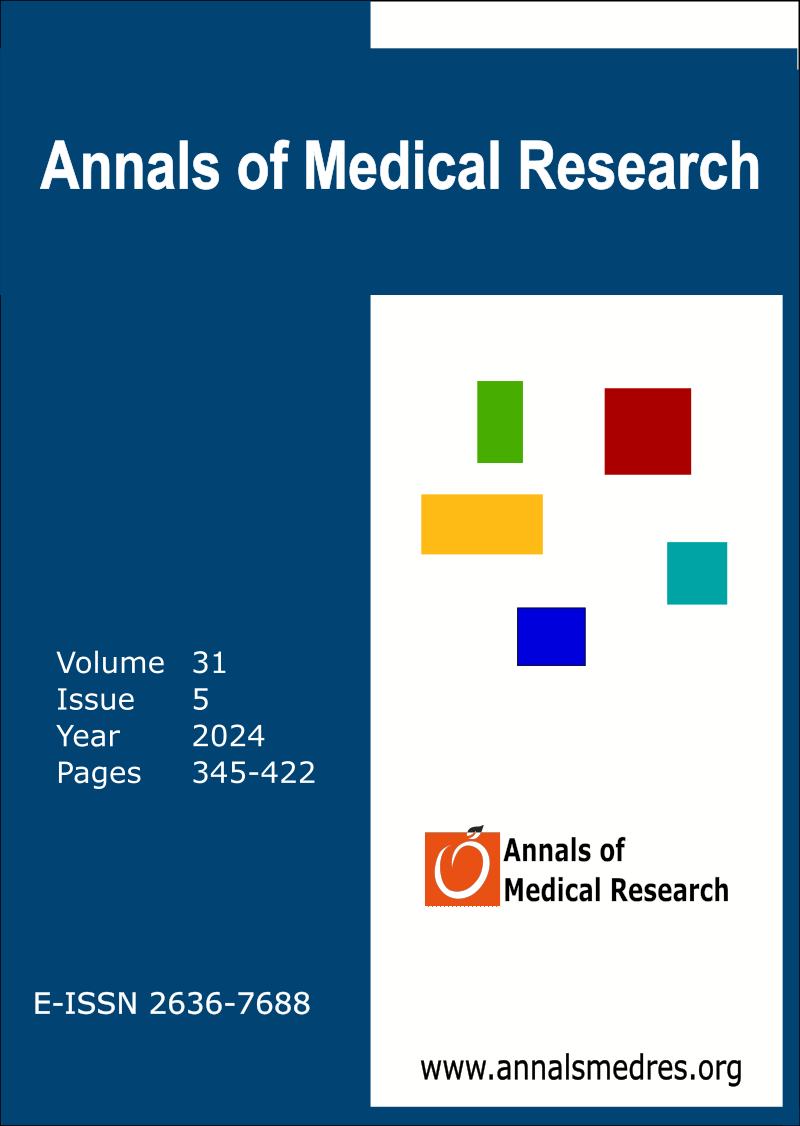Evaluation of ventriculoperitoneal shunt infection incidence and preoperative antibiotic prophylaxis in children
Keywords:
Ventriculoperitoneal shunts, Antibiotic prophylaxis, CephalosporinAbstract
Aim: Hydrocephalus is a common condition in neurosurgical practice in patients of all ages. Despite significant advances in the technology and design of ventriculoperitoneal (VP) shunt systems, shunt failure remains a major problem in neurosurgical clinics. Antibiotic prophylaxis is an important step in protocols to prevent VP shunt infections. In this study, we investigated VP shunt infection incidence and VP shunt infection prophylaxis used in pediatric hydrocephalus cases at our center and the parameters that may influence shunt infection.
Materials and Methods: Between 01/01/2018 and 01/01/2023, cases younger than 18 years of age who underwent VP shunt surgery in our hospital were included in the study. Clinical data and demographic information were retrospectively obtained from medical records. The primary results of our study were the frequency of VP shunt infection in the first 3 months after surgery and whether there was a difference in shunt infection between antibiotic applications used for prophylaxis. Other factors that may influence VP shunt infection were evaluated as secondary outcomes.
Results: Within a 5-year period, 28 cases were identified that met our study criteria. The overall rate of VP shunt infections was 21.4%. In 85.7% of patients, 3rd-generation cephalosporins were used for prophylaxis, and in the others (14.3%), 1st-generation cephalosporins were used. VP Shunt infections did not occur in patients receiving 1st generation cephalosporins. However, possibly due to the limited number of cases, no statistical significance (p=0.549) was detected between the groups. There was no statistical difference in other demographic data between the groups with and without VP shunt infection.
Conclusion: In our patient group, which was predominantly infants, prophylactic use of 1st-generation cephalosporins to prevent VP shunt infection showed similar efficacy to the use of 3rd-generation cephalosporins. 1st-generation cephalosporins should be preferred, especially in terms of reducing costs and resistant infections.
Downloads
Published
Issue
Section
License
Copyright (c) 2024 The author(s)

This work is licensed under a Creative Commons Attribution-NonCommercial-NoDerivatives 4.0 International License.
CC Attribution-NonCommercial-NoDerivatives 4.0






